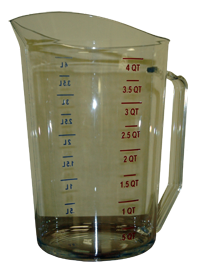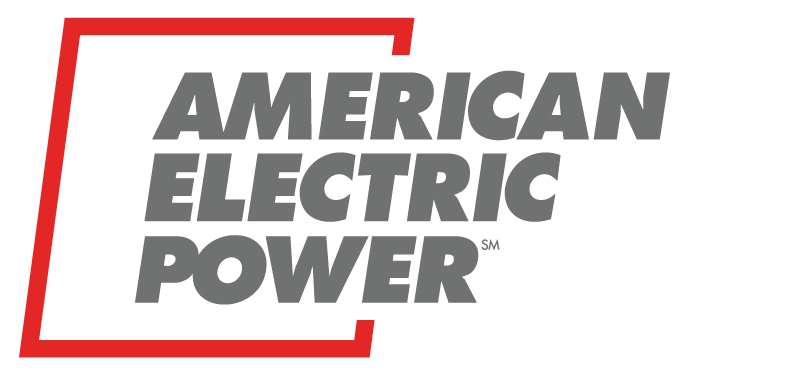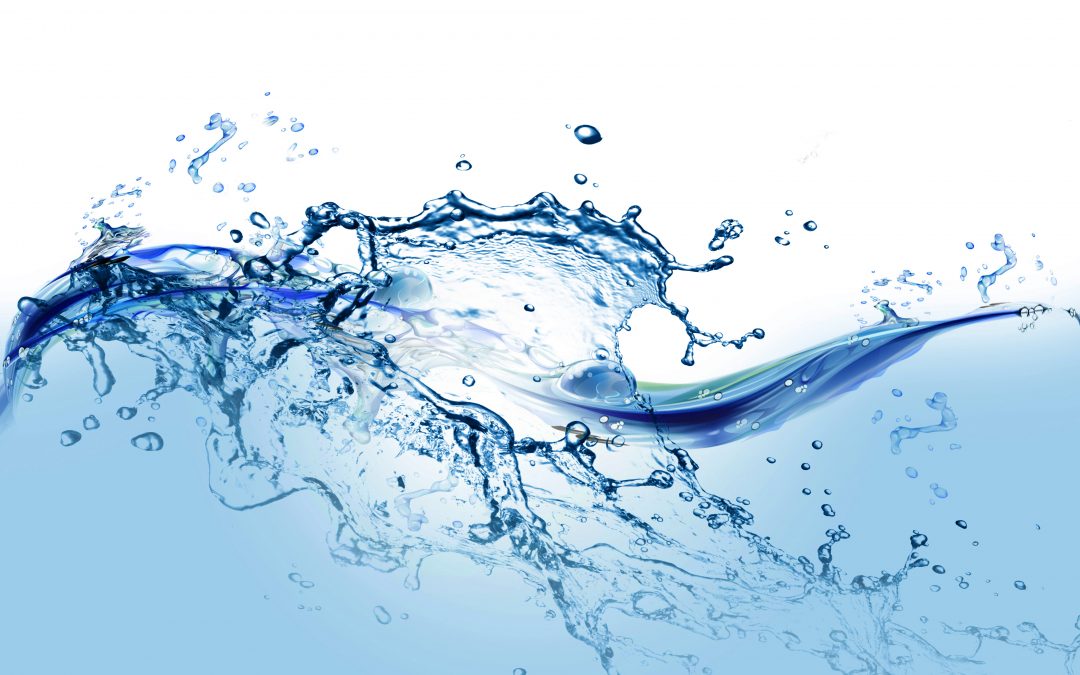 Water is often used as an analogy when teaching basic science concepts of electricity; the relationship between voltage and amperage is often compared to the volume and speed of water traveling through various sized pipes. The following activity uses water to teach electrical conservation.
Water is often used as an analogy when teaching basic science concepts of electricity; the relationship between voltage and amperage is often compared to the volume and speed of water traveling through various sized pipes. The following activity uses water to teach electrical conservation.
Materials: Plastic bucket, Measuring pitcher, soap, paper towels.
Fresh water is a natural resource that needs to be conserved. We need to make sure there is enough available today and in the future. Similarly, electricity needs to be conserved to make sure our energy resources are not wasted. A quantity of water can be easily measured by students.
Divide students into equal groups of 3-4 each. Ask students to get their hands dirty in some way—use dirt, chalk dust or a washable marker, for example. The task is for each student in the group to wash and rinse his/her hands with water poured from the pitcher. Water is collected in the bucket. After each group is finished, use the pitcher to measure the amount or waste water each group used. (You may have to fill the pitcher more than once.) Record the amounts. Discuss which group used the most water? The least? Why? Ask students to list strategies for saving fresh water at school and at home.

